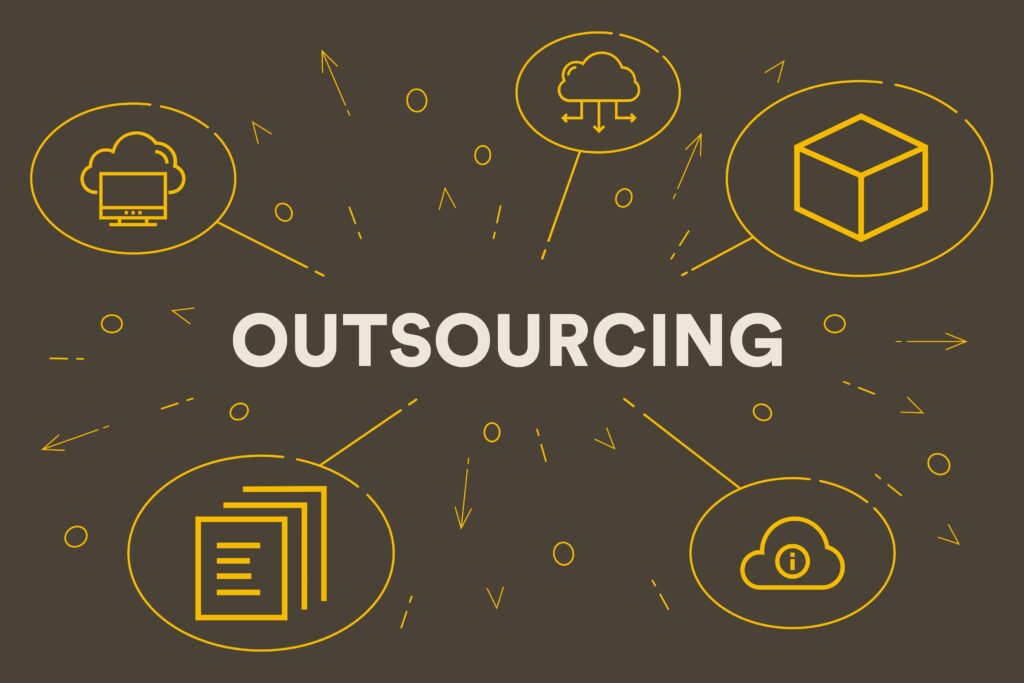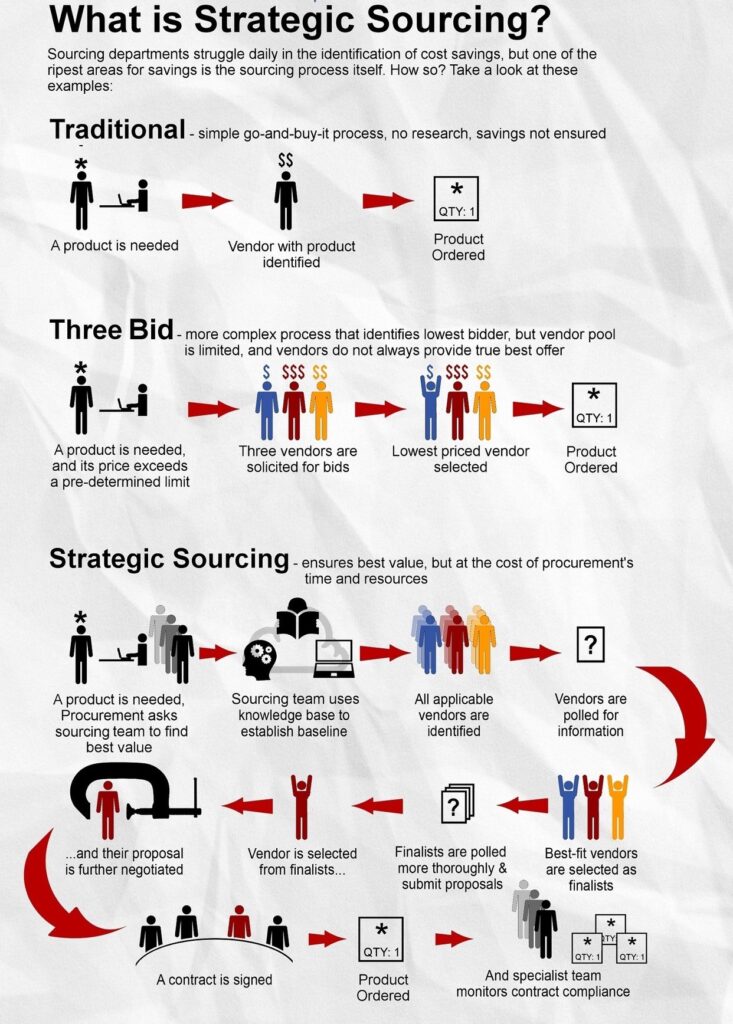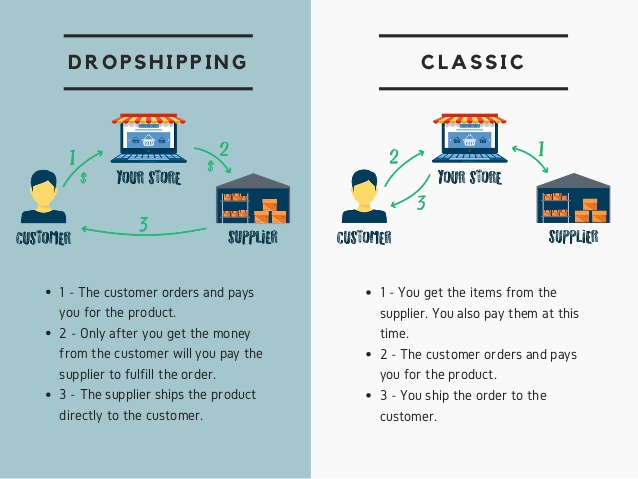What is Off-Page SEO?
What is Off-Page SEO? Off-page SEO describes the techniques used to raise a website’s search engine ranks and broaden its online presence. It aims to

Here are a few additional tips for product sourcing:

Manufacturers or wholesalers:
The manufacturers are great if you’re in an advanced stage of developing your brand or ready to scale your DIY products. In addition, the warehouses are a great option to increase diversification in your store.
Things you need to consider when sourcing from manufacturers or warehouses:
By understanding the advantages and disadvantages of sourcing from manufacturers or warehouses, you can make an informed decision about which is the best option for your business.
Here are some additional tips for sourcing from manufacturers or warehouses:
The easiest way to search for suppliers is through a search on Google. You can also look for suppliers on Alibaba (but you have to make sure only to use the site to complete any transaction). Selecting an international supplier implies being extra careful, so do all transactions through a protected (insured) site like Alibaba. In countries other than China is a good strategy to request information through your bank before making any transactions. Large bank branches usually know international commerce and can help you find the best path.
Local transactions are more relaxed but check for impressions on the Better Business Bureau. Please, do not do any transaction without verifying if the vendor has a trustworthy company. For this, you can also use the services of International Trade Supplier Verification Services or How to Know: Is My New Vendor Legitimate? from JP Morgan. They do serious research on vendors, so you must be prepared to share your information as well, such as business license and tax identification numbers.
Once you have found a few potential suppliers, it is important to do your research. Here are some things you should look for:
Once you have found a supplier that meets your needs, it is time to place an order. Be sure to get everything in writing, including the price, quantity, delivery time, and payment terms.
By following these tips, you can find reputable suppliers and get your business’s best products.
Here are some additional details you should know about your order from your supplier:
By understanding these details, you can ensure that your product-sourcing process goes smoothly
Dropshipping: Dropshipping is a method that has been offered for years. The idea behind dropshipping is to sell goods without purchasing merchandise or stock on inventory. It is an easy process but still has some tricks you need to know. Once the customer purchases an item from your site, you need to buy the product from the dropshipper so they can do the shipping. The dropshipping warehouse oversees handling everything after the sale. Therefore, you, the vendor, are the middle person listing the inventory on e-commerce.
Dropshipping is your best alternative if you start a business and have zero money for inventory. It also gives you vast experience handling e-commerce without investing in any stock.
While dropshipping is excellent for some, it is not suitable for others. First, the profit margins doing dropshipping are low compared to managing your merchandise. Also, you have to compete with other people selling the same product through the same method, dropshipping. There is also significant concern regarding service and product control. Finally, you need to be aware of the dropshipper you use. Some are responsible, but others are not, and your brand name is on the line. You can get more information in the dropshipping category.
Here are some tips for starting a dropshipping business:

Fairs and Trade shows: Fairs and Trade shows primary purpose is for manufacturers to present their products to buyers. Therefore, the fairs and trade shows happen almost only once per year, per category.
For example, the Canton Fair is once a year for baby products, but there are multiple fairs all over China. The same happens in the US. According to specific sourcing, there are many trade shows and fairs in the US. The pricing is the most significant difference between product sourcing in fairs and trade shows compared to marketplaces. Fairs and trade shows regularly are direct sales from factories, making it more affordable.
Also, you have access to multiple suppliers by visiting only one place. Another advantage is seeing the new products, novelties, and innovations.
If you visit a fair or trade show for the first time, be aware that it may take you more than one day. Also, get ready to share your business cards, either physical or digital. Talk to vendors and learn about their products. It is recommended to know:
· The product you are looking for.
· The budget you have to acquire the product.
· What is the MOQ (minimum order quantity) you can afford?
· Learn if there are any regulatory regulations about the product you are interested in.
· Is the supplier giving you a competitive price?
· Do they have enough supplies?
· Is the product generic or original?
Here are some of the benefits of sourcing products at trade shows and fairs:
However, there are also some challenges to sourcing products at trade shows and fairs:
TradeFairDates: This website lists fairs and trade shows in over 150 countries. You can search by industry, location, or date.
Product sourcing is the process of finding and acquiring products to sell. It can be daunting, but it is essential for any business that wants to succeed. There are many ways to source products; the best approach will vary depending on the specific business. However, some general tips can help businesses source products effectively.
First, it is important to do your research. This includes understanding the needs of your target market, as well as the competitive landscape. Once you understand these factors well, you can start to identify potential suppliers.
There are many different ways to find suppliers. You can search online, attend trade shows, or network with other businesses. Once you have identified a few potential suppliers, it is important to do your due diligence. This includes checking their references, reviewing their financial statements, and inspecting their products.
Once you have found a supplier that you are comfortable with, it is time to negotiate a price. This is an important step, as the price of the product will significantly impact your profitability. Be prepared to negotiate hard, and don’t be afraid to walk away from a deal if you are not happy with the price
What is Off-Page SEO? Off-page SEO describes the techniques used to raise a website’s search engine ranks and broaden its online presence. It aims to
8 Steps You Should Take Before Expanding Your Business Abroad Where to start? Before embarking on the journey of expanding sales internationally, businesses must carefully
Designing Products That Hit the Bullseye: 5 Steps to Align with Your Target Market In today’s highly competitive business world, knowing your target market is
This website uses cookies so that we can provide you with the best user experience possible. Cookie information is stored in your browser and performs functions such as recognising you when you return to our website and helping our team to understand which sections of the website you find most interesting and useful.
Strictly Necessary Cookie should be enabled at all times so that we can save your preferences for cookie settings.
If you disable this cookie, we will not be able to save your preferences. This means that every time you visit this website you will need to enable or disable cookies again.
This website uses Google Analytics to collect anonymous information such as the number of visitors to the site, and the most popular pages.
Keeping this cookie enabled helps us to improve our website.
Please enable Strictly Necessary Cookies first so that we can save your preferences!